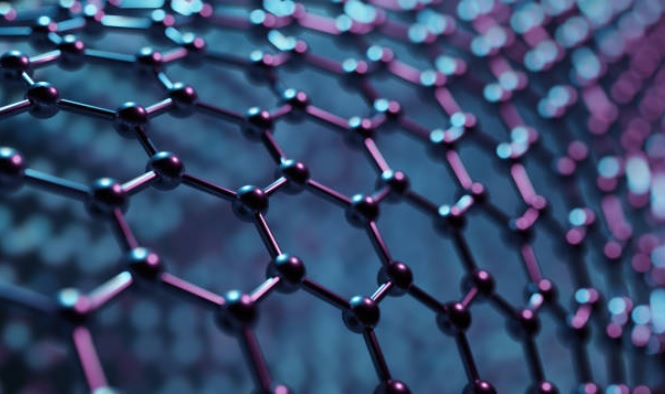
By Equipe de Redação
Posted in March 1, 2023

Materials that are in evidence in research for the future of civil construction and industry and have been drawing the attention of the technology segment, with a focus on the search for a more efficient future in energy and ecological terms. Check out what they are:
1 – Graphene 3D
Made of pure carbon, ultra-thin graphene is considered one of the strongest materials on the planet. Recently, researchers at MIT, in the United States, found a way to transform two-dimensional graphene into a three-dimensional structure, designing a new material with a sponge-like configuration.
The new material has 5% the density of steel and is about 10 times stronger. Super-strong 3D graphene has excellent potential uses.
2 – Carbyne
In the spring of 2016, a team of Austrian researchers revealed that they had successfully synthesized Carbyne, an exotic form of carbon that they claim is the strongest of all known materials on the planet – surpassing even graphene.
Considered the holy grail of carbon allotropes, Carbyne is made from a one-dimensional chain of carbon atoms that is highly reactive. The rigid material is believed to be twice as strong as carbon nanotubes.
3 – Aerographite
Created from a network of porous carbon tubes, aerographite is a synthetic foam, one of the lightest structural materials ever created. Developed by researchers at the University of Kiel and the Technical University of Hamburg, aerographite can be produced in various shapes and has a density of just 180 grams per cubic meter, making it around 75 times lighter than Styrofoam. The material can be used in the electrodes of lithium-ion batteries to reduce their weight.
4 – Airbrush
Airgraphene, also known as graphene airgel, is believed to be the lightest material in the world, with a density of just 0.16 milligrams per cubic centimeter.
Researchers at Zhejiang University developed the material, which is approximately 7.5 times less dense than air. The extremely elastic material can absorb up to 900 times its own weight in oil and water, making cleaning up an oil spill much more efficient.
5 – Metallic Microlattic
Metallic microlattic is the lightest metal in the world and one of the lightest structural materials in existence today. This synthetic porous material, made from phosphorus and nickel tubes, has a density as low as 0.9 milligrams per cubic centimeter. Potential uses include applications in automotive engineering, aeronautical engineering and other areas.
6 – Limpet teeth
The teeth of limpets, the name given to the hardest biological element on Earth, are considered highly resistant. Made from a mineral protein compound, limpet teeth were shown in a University of Portsmouth study to be much stronger than spider silk.
Its strength is believed to be due to tightly packed mineral fibers, which scientists could combine into manufactured composites to create stronger airplanes, cars and even dental restorations.
Source / Photo credit: Inhabitat.com
With information: https://www.sitedecuriosidades.com/


Our business analysts are ready to help your company with the best environment solutions.